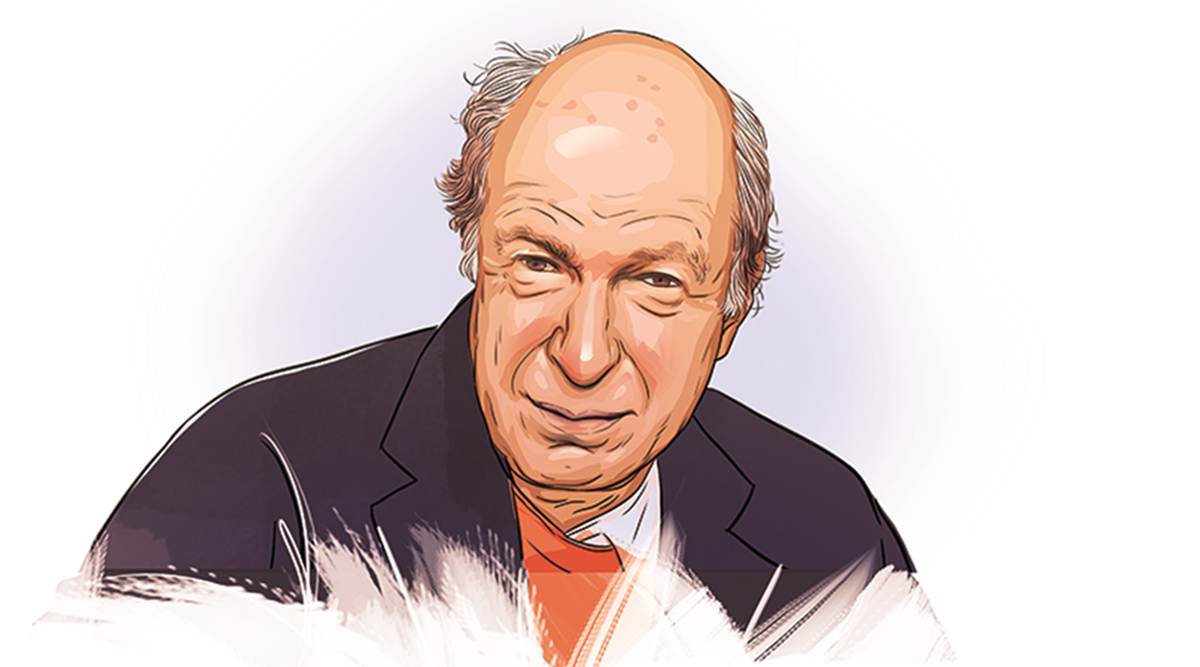 Legendary theatre director Peter Brook. (1925-2022)
Legendary theatre director Peter Brook. (1925-2022)In 1985, legendary theatre director Peter Brook introduced audiences in France to an audacious play called the Mahabharata. It went on for nine hours, featured a cast of 21 actors from 16 countries, plus a group of musicians, and was staged in an open limestone quarry in Avignon. Brook had spent more than a decade working on it. The play was, by most accounts, the first time that the epic had been staged in its entirety on stage.
Brook, who influenced the development of 20th century theatre by defying the conventions of script, space and performance style in plays such as the Mahabharata, passed away on Saturday in Paris at 97. He had received the Padma Shri in 2021, as well as the prestigious Tony awards.
Arundhati Nag, the Bengaluru-based theatre veteran from Ranga Shankara, who had watched the film version of the Mahabharata, says, “Dronacharya was played by a Japanese performer, Bhishma by an African and Draupadi by Mallika Sarabhai, but it did not matter which part of the world the actors came from. Peter Brook distilled the events of the Mahabharata into each character and the play. The performance opened our eyes to possibilities of having an international cast interpreting an Indian classic.”
The Mahabharata toured countries across the world to critical acclaim and is one of the groundbreaking works in international theatre. “He set the bar for us and leaves a legacy of courage in art that younger generations must take forward,” says Nag.
Best of Express Premium
Brook was born on March 21, 1925, in London. His mother was a scientist and his father a company director. At 16, Brook quit school and started working in a film studio. He went to university at Oxford and studied English and Foreign Languages. His first play, in 1945, was Shakespeare’s King John. Avant-garde plays by Jean Cocteau and Jean Paul Sartre were held over the following months. Within a few years, he was directing for the Royal Opera House, with an important production being Salome, an opera of Richard Strauss for which Salvador Dalí worked on costumes and sets.
Brook’s oeuvre comprised plays by Shakespeare, from Measure for Measure, The Winter’s Tale, The Tempest and Hamlet to King Lear as well as avant-garde productions such as Marat/Sade, winner of the 1964 Tony award for best play. Among the great actors he has directed was Laurence Olivier as Titus Andronicus for the Royal Shakespeare Company (RSC) in 1955.
It was for the RSC that Brook staged another iconic play, A Midsummer Night’s Dream (1970). Kamlakar Sontakke, a theatre director and teacher, was in London in 1971 when it was being shown at West End. “It was performed in a white cube. The walls opened and closed and fairies floated to the stage floor as Brooke conjured a dreamscape before our eyes. I still remember a love scene on a huge red feather, with the girl dressed in green and the boy in light pink, floating mid air,” says Sontakke, who had attended a workshop conducted by Brook at the National Centre for the Performing Arts (NCPA) in Mumbai.
Today, offbeat venues such as factories and schoolrooms are common in theatre. But Brook was among the pioneers, staging plays in quarries and gyms, among others, as well as giving the traditional theatre spaces an unconventional treatment. For instance, the white cube in which A Midsummer Night’s Dream was performed was a starkly different reimagining of the forest and court of William Shakespeare’s text.
According to Nag, what set Brook’s theatre apart was also the space where he created most of his works. In the 1970s, he moved from the UK to live in Paris, where he converted an old music hall into a theatre venue. This was the Bouffes du Nord, near the Gare du Nord station. “He was the kind of person who lived on his terms. He did not subscribe to the lure of the big stage. Brook was, effectively, his own Broadway. In fact, there were people running the big theatres in the UK who would travel to Paris if they were stuck in a situation to talk to Brook and ask him for advice,” says Nag.
Brook’s 1968 book, The Empty Space, is a must-read for theatre practitioners. He opens the book, under the title The Deadly Theatre” with the lines, “I can take any empty space and call it a bare stage. A man walks across this empty space whilst someone else is watching him, and this is all that is needed for an act of theatre to be engaged.”
- The Indian Express website has been rated GREEN for its credibility and trustworthiness by Newsguard, a global service that rates news sources for their journalistic standards.

